
不入流作家,用文字記人、記鬼、記食、記人生……
Exploring the ancient battlefield of the final battle of Hezheng
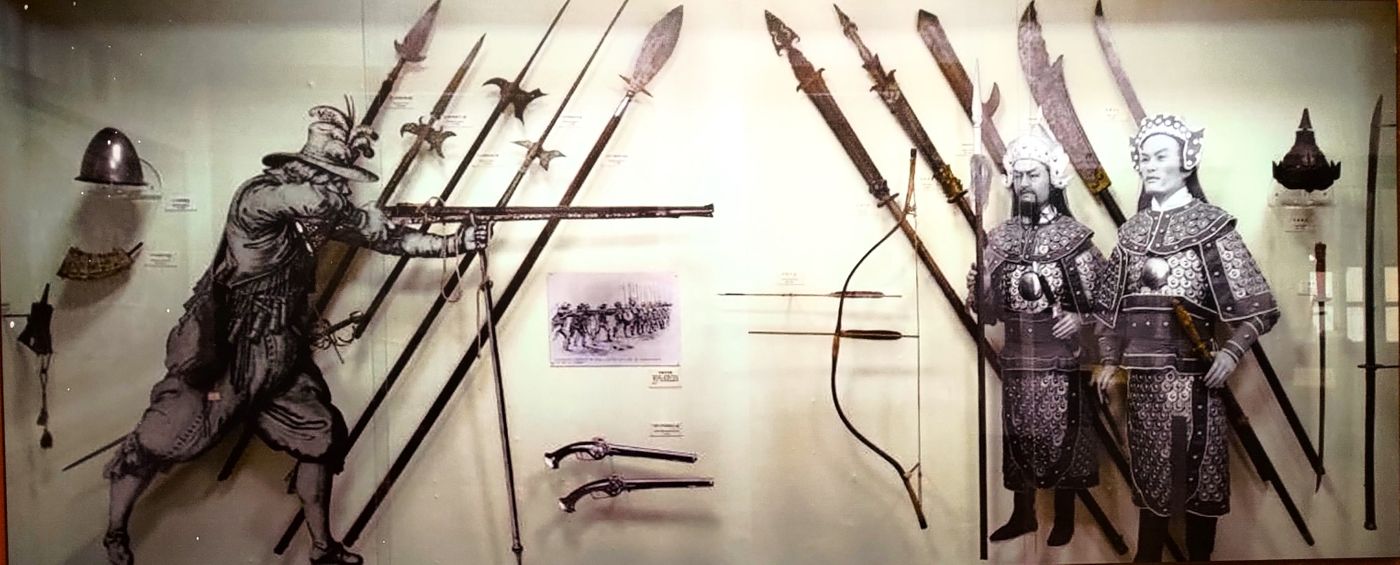
A few days ago, at noon on a midday sun, I was walking quickly between the tombs in the Anping Cemetery, targeting the highest point of the hills. I was careful along the way to avoid disturbing my ancestors by stepping into the tombs; however, the unevenly built tombs not only clinged to each other, but the crumbling brick walls also blocked the way again and again. I had no choice but to apologize. across the ancestors' homes.
Passersby who see my rude behavior from a distance will definitely think that I am here to sweep the tomb - but I am not, I am here to explore an ancient battlefield that has been destroyed for more than 300 years .
In 1624, the Dutch East India Company built the city of Geranja (now Anping Castle) on a sandbar called Da Yuan (now Anping) on the west bank of Formosa, and set up troops to garrison it. However, the geographical environment of this fortress castle is obviously not very ideal, because less than 200 meters away, there is a higher sand dune, and the enemy can command the cannonball into the city. In order to make up for this defect, the Dutch built a stone fortress on it to help defend the city of Geranja, that is, the Rondunit Utrecht (Rondunit Utrecht).
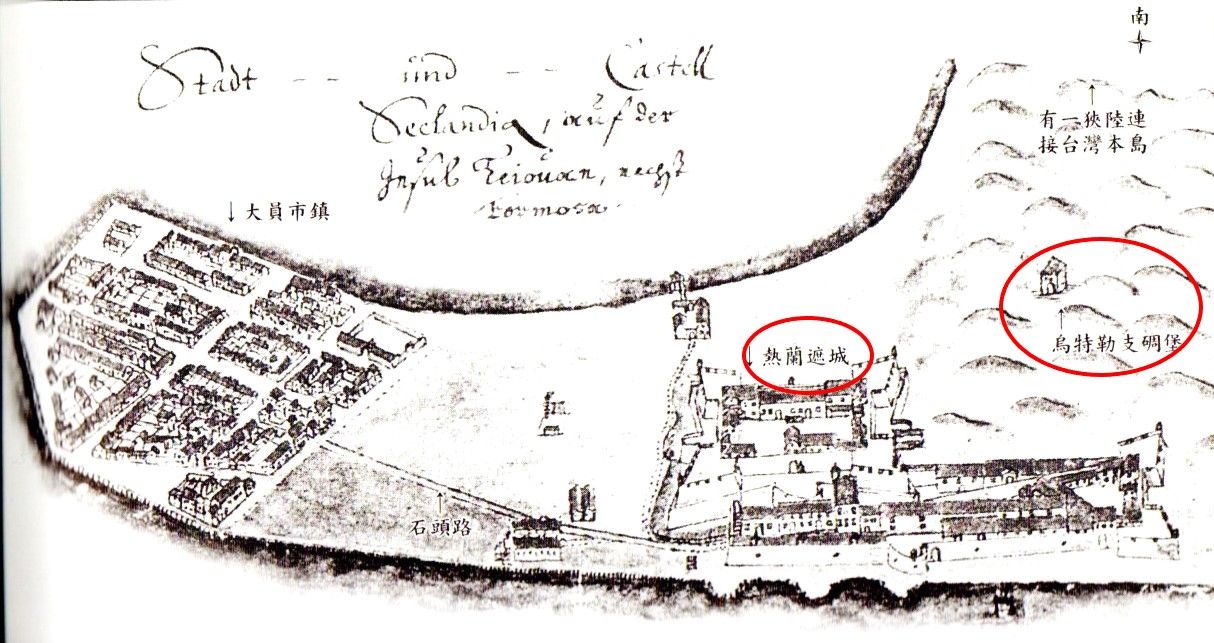
This sand dune is where Anping Cemetery was later located, and it only takes three minutes to walk from Anping Castle. The afternoon before, after visiting Anping Castle, I wanted to drop by the way to visit the cemetery, but it was getting late and it was drizzling, so I had to give up the idea. The weather was fine the next day. Although it was the last day of our trip to Tainan, and we were about to rush back to the north, we still took time to make a detour. I left my wife in the car and waited, and crawled hard to the top of the hill.
The Anping Cemetery, located on the southwest side of the Anping Castle, is also known as Spoon Mountain. It is said that the "Spoon Point" here is a treasure of Fengshui. It has been used as a cemetery since the Qing Dynasty, and burial was not officially banned until 1990. When I was walking among the ancient tombs, I inadvertently saw many tombstones standing in the Qing Dynasty and the Japanese occupation period, which shows its long history.
Climb to the highest point of the hill and look at Anping Castle, only to see the observation deck in the castle. But this observation deck was only built during the Japanese occupation period, that is to say, apart from the observation deck, you can't actually see the ancient castle at all, and you can't feel the advantages of the terrain.
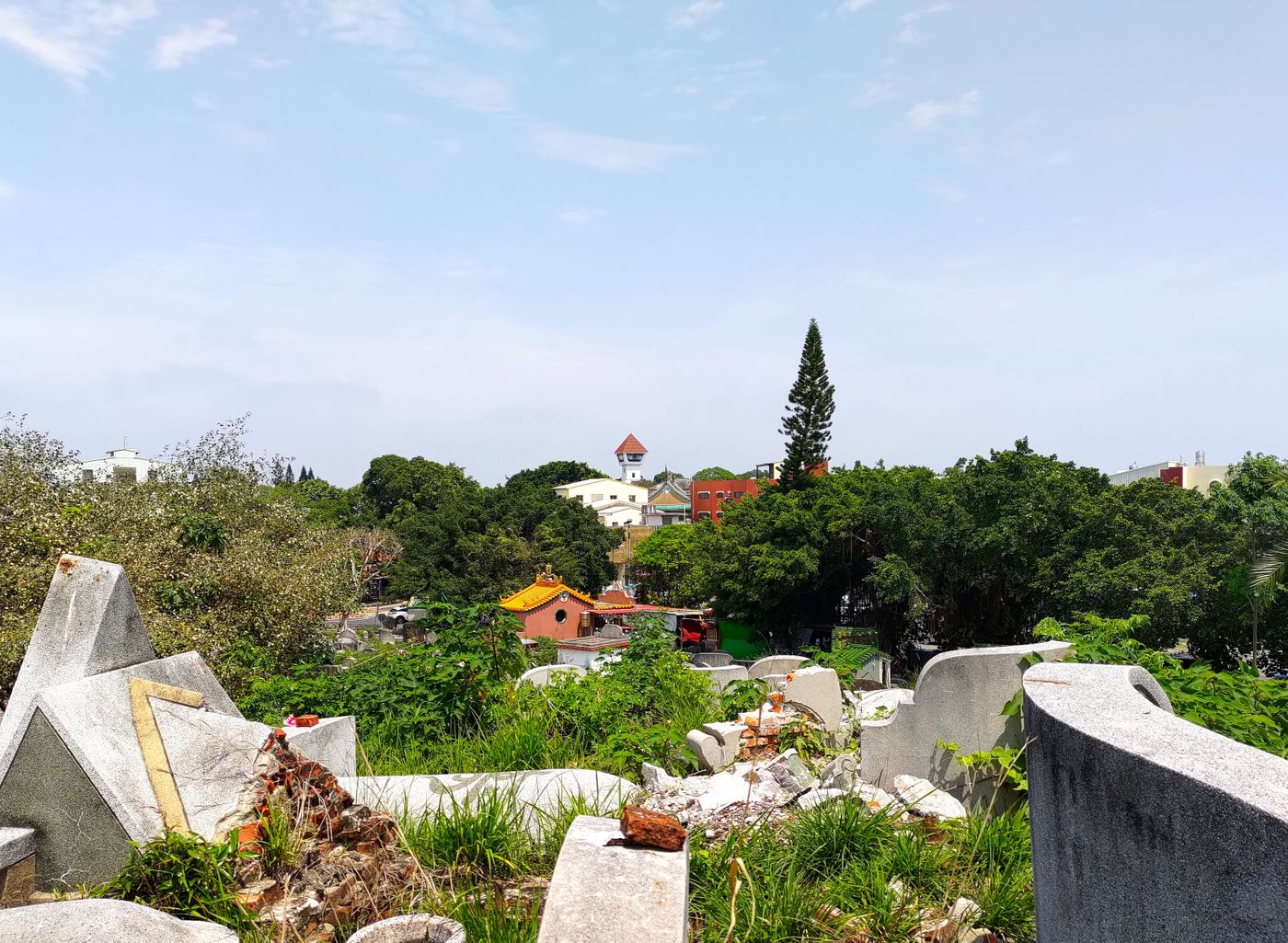
Having said that, dozens of towering and dense banyan trees, houses, temples... and other buildings have not existed in three hundred years. This is an endless sandbar. Standing on the highest point, you should really be able to see into the city. It seems that it is really necessary to build a bunker here to strengthen the defense.
The battle-hardened Zheng Chenggong naturally knew the strategic significance of the Utrecht bunker. In the later stage of his siege of the city of Geranza, he once concentrated his artillery fire there. However, just after the Dutch built new fortifications under the bunker overnight, Zheng Jun's artillery was ineffective, and Zheng Chenggong, who was not familiar with European-style city walls, was helpless.
At this point, a turnaround occurs. Hans Radis, a German sergeant who defected to Zheng Jun, served as a tactical and engineering consultant for Zheng Chenggong, and instructed Zheng Jun to build a half-moon-shaped European-style fort near the sand dunes as an attack to capture the Utrecht bunker. The city fortifications are located just outside the range of the Geranja Castle, and can concentrate artillery bombardment on the bunker.
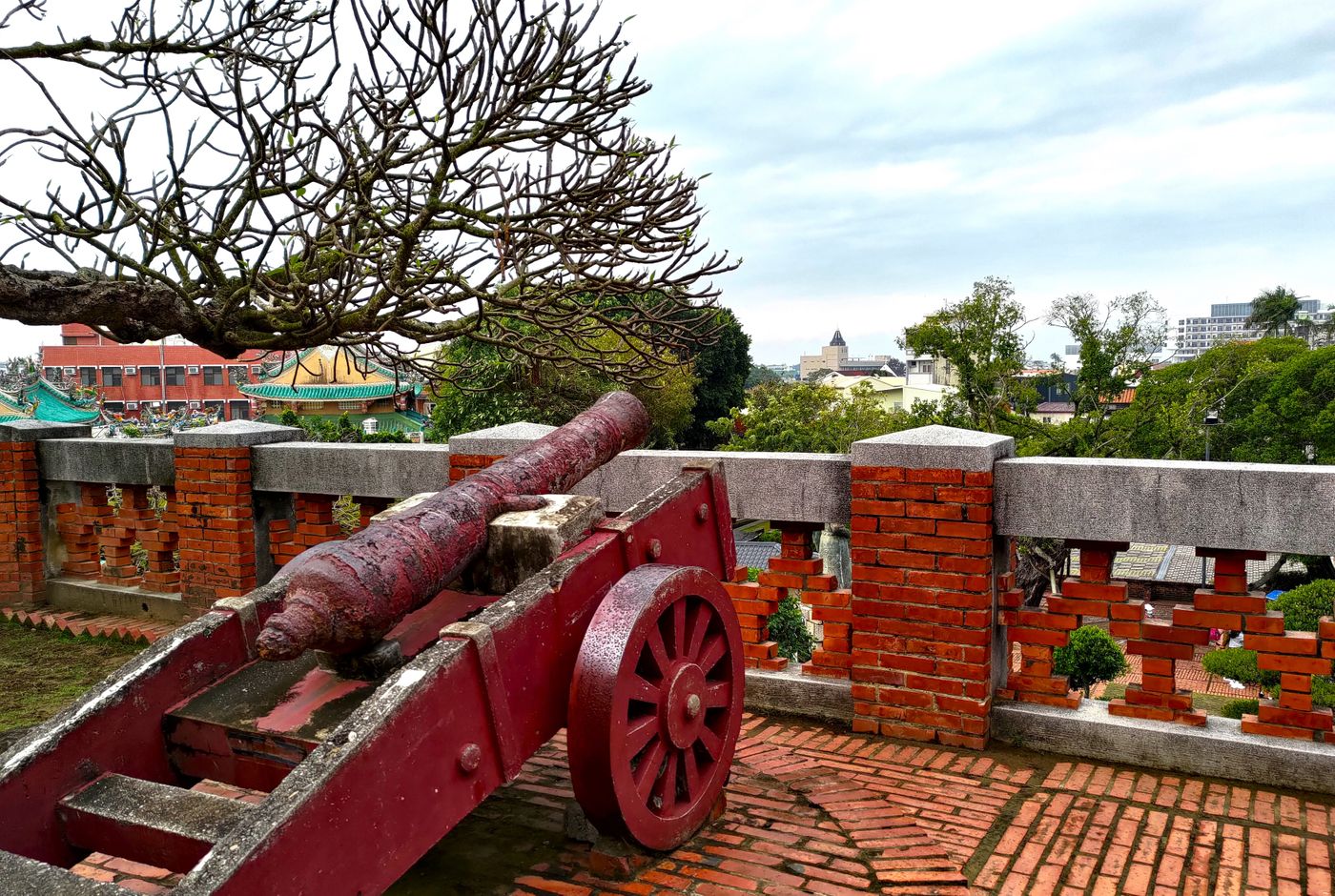
Finally, on January 25, 1662, Zheng Jun concentrated all his artillery on the Utrecht bunker. In one day, he carried out three rounds of artillery shelling, firing a total of more than 2,500 shells, blasting the bunker almost to the ground. collapse. Therefore, the Dutch had to abandon the bunker, and before leaving, detonated the gunpowder in the gunpowder cellar and destroyed the bunker by themselves.
As soon as the Zheng army occupied the dunes, they immediately covered the sand dunes with cannons aimed at the city of Relanzha. Seeing this, the secretary of the Dutch commander knew that the situation was over, and wrote afterwards: " They (referring to Zheng Jun) can see the soles of our feet and have an unobstructed view of the entire castle, so there is no way for the people in the castle to hide. " The people surrendered, ending their thirty-eight-year reign in Formosa.
The hills under my feet, on January 25, 360 years ago, were shaken by the intense and intensive artillery shelling - this was the ancient battlefield of the final battle between the Zheng army and the Dutch army . However, to speculate in hindsight:
Could the presence or absence of this hill and bunker beside the city of Relanja be an important turning point in Taiwan's history?
Frederic Coyett (1615-1687), the last chief of the East India Company stationed in Taiwan, complained about the company in his memoir "The Forgotten Taiwan: The Story of the Battle of He-Zheng Taijiang ". Directly level the dune that threatens the city of Geranja? Without this dune, would the Dutch army have a better chance of winning without one geographical defect?
Then, as the war entered its final stage, Kui Yi had actually got in touch with the Qing army, and was expected to cooperate to double-team the Zheng army from the front and back to relieve the crisis in the city of Relan. If Sergeant Rhodes hadn't defected to Zheng Chenggong and assisted him in taking down the Utrecht bunker, the battle between the two armies, the confrontation between the two armies would have persisted for a while. So, is it possible for the Dutch army to last until the Qing army came to the rescue?
In the end, Kui Yi originally thought that after abandoning the Utrecht bunker, Zheng Chenggong would come to inspect it in person. At this time, he detonated explosives to kill him, and the Zheng army would retreat without a guard. Unexpectedly, Zheng Chenggong did not come under the dissuasion of Rhodes, escaped the disaster, and only killed a few Zheng soldiers. If Kui Yi's plan was successful, wouldn't the Zheng regime collapse immediately?
Once the above three possibilities come true, they will directly rewrite the history of Taiwan. Just imagining the hills I'm stepping on right now, with several other parallel universes demonstrating to me the future of Taiwan's development in a different vein, makes me excited!
However, parallel time and space is after all a fantasy, and the countless casualties left behind by the wheel of history are the most real and the most painful! Whether it is the Zheng army or the Dutch army, they have left their hometowns to fight in other places. Compared with the souls of people worshipping in Anping cemetery, they are lonely souls buried here under the hills, until they die in the battlefield, their families far away on the other side of the sea Maybe you will never hear the news of his death, don't know where he died, let alone erect a monument to cherish his memory...
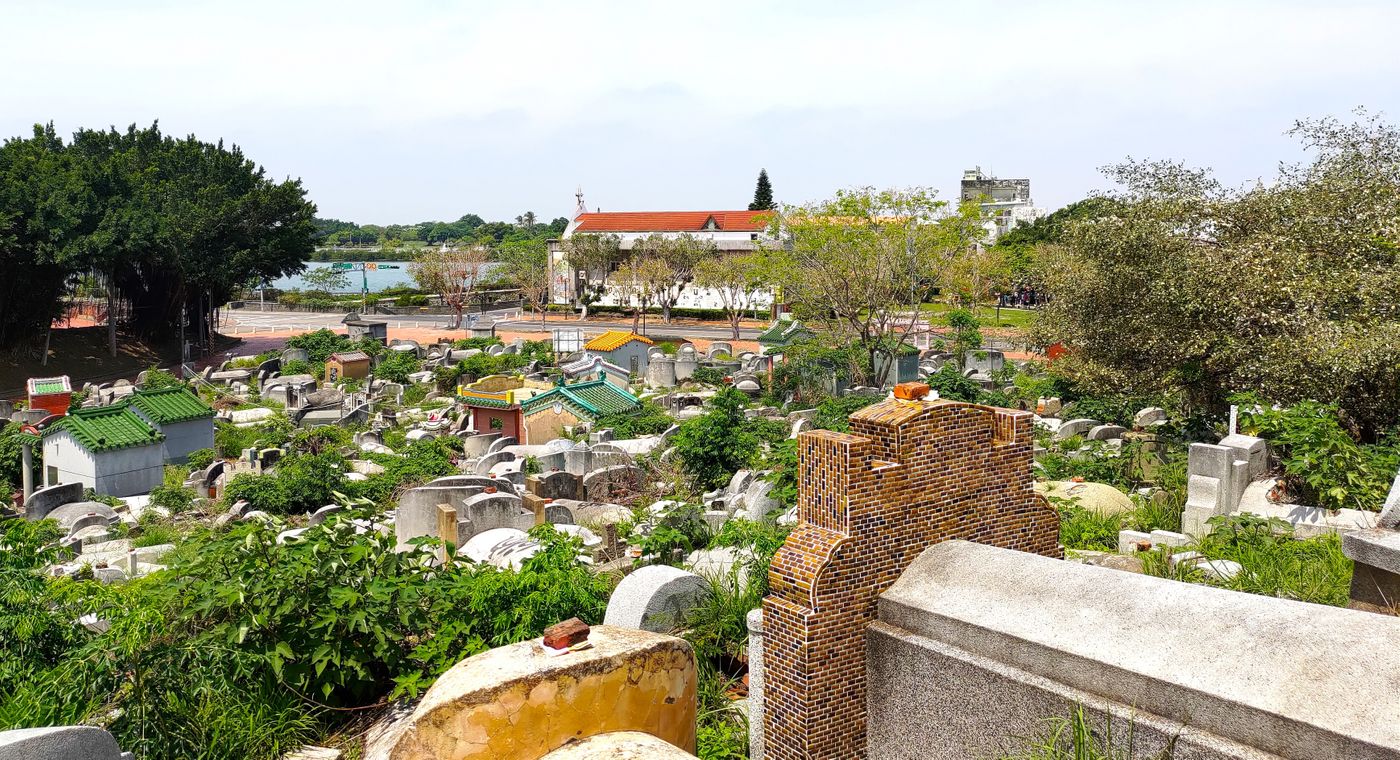
Like my work?
Don't forget to support or like, so I know you are with me..
Comment…